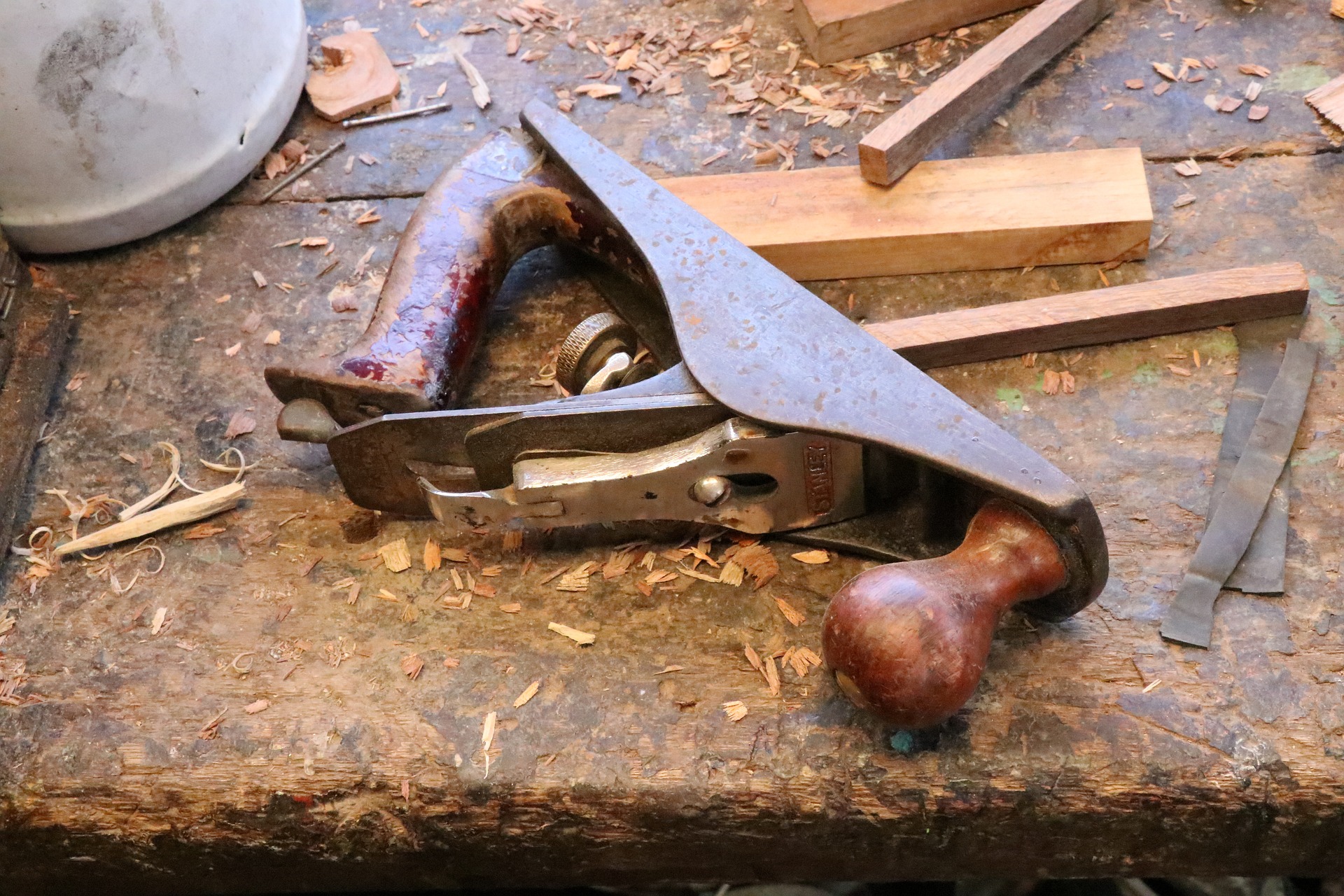The Finger Joint

The finger joint, also known as a comb or box joint, is a type of woodworking joint that is used to connect two pieces of wood at a right angle. This type of joint is characterized by a series of interlocking fingers, or comb-like teeth, that fit together to form a strong and secure connection.
Where a Finger Joint Works Best
Finger joints are commonly used in the construction of wooden boxes and drawers. They are also used in the construction of furniture such as desks, tables, and chairs. These joints are also used in the construction of wooden frames for picture frames, mirrors, and other decorative items. The strength and durability of finger joints make them an ideal choice for a wide range of woodworking projects.
One of my personal favorite uses for finger joints is in the construction of wooden boxes. I love the way the joints fit together seamlessly, creating a strong and durable structure that is both functional and beautiful. I have also used finger joints in the construction of drawers for a dresser, they give a really professional look to the finished product.
Finger Joint Advantages and Disadvantages
Advantages
- Strength – Finger joints are incredibly strong, especially when compared to other types of joints. This is because the interlocking fingers provide a great deal of support and stability to the joint, preventing it from separating or breaking under stress.
- Versatility – Finger joints can be used for a wide variety of applications, from fine furniture to rough carpentry. This versatility makes finger joints an ideal choice for many woodworkers, regardless of their skill level or experience.
- Ease of Use – Creating finger joints is relatively straightforward, and can be done using basic hand tools or even a simple jig. This makes finger joints a good choice for DIY projects, and for those who don’t have access to specialized machinery.
- Aesthetics – Finger joints can be designed in a variety of shapes and sizes, and can be arranged in a number of patterns. This allows woodworkers to create joints that are both functional and aesthetically pleasing, making them a great choice for projects where appearance is important.
- Cost Effective – Finger joints are a cost-effective option for many woodworking projects, as they can be created using simple tools and materials
Disadvantages
- Visibility – Finger joints are often more visible than other types of joints, particularly when they are used on pieces that will be seen from the end or edge. This can be a drawback for some woodworkers, who may prefer joints that are less noticeable for their woodworking projects.
- Glue Up Time – Finger joints can take a longer time to glue up than other joints, due to the number of fingers involved. This can be a drawback for those who are working on tight schedules, or who need to complete their projects quickly.
Finger Joint Tools and Materials
To create a finger joint, you will need the following tools and materials:
- Wood – Finger joints can be made using a variety of different types of wood, but I prefer to use hardwoods such as oak, maple, or cherry. These types of wood are strong, durable, and have a beautiful grain pattern.
- Saw – A saw is used to cut the wood to the correct size and shape. A table saw or a jigsaw can be used for this task.
- Router – A router is used to create the finger-like teeth on the pieces of wood that will be joined together. A router table can make this job a lot easier, but a handheld router can also be used.
- Chisels – Chisels are used to clean up and refine the finger joints after they have been cut, just remember to make sure your tools are sharp.
- Clamps – Clamps are used to hold the pieces of wood in place while the glue is drying.
- Wood glue – Wood glue is used to bond the finger joints together.
- Measuring tape or ruler
- Pencil
- Sandpaper (various grits)